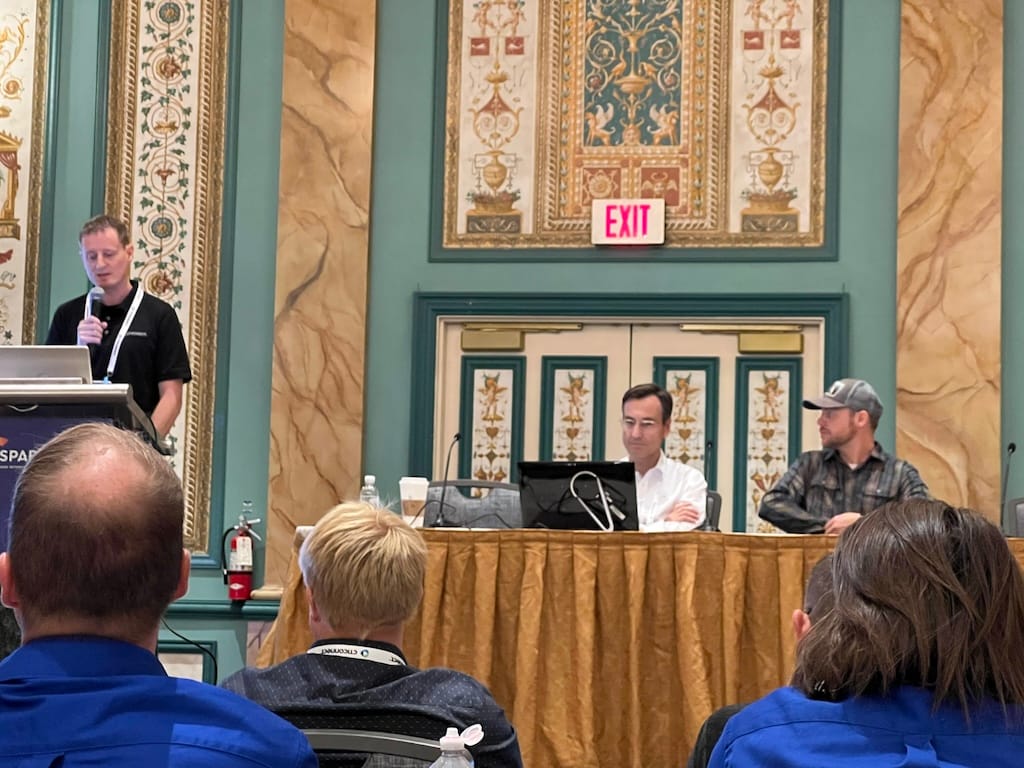WISPs Can do More Than Increase Speed to Improve Experience: Experts
Capacity planning and different congestion algorithms can improve users’ experience without adding speed.

LAS VEGAS, October 12, 2023 – Fixed wireless broadband providers can do more than just increase speeds to improve the customer experience, experts said on Monday.
“Sometimes more bandwidth isn’t the answer,” said Dwayne Zimerman, owner of Crowsnest Broadband. He spoke on a panel at WISPAPALOOZA, the annual conference of small and wireless internet providers.
Capacity planning
Putting energy into good capacity planning can help wireless providers avoid crowded networks, Zimmerman said.
That involves being aware of the maximum capacity a network’s access point is able to handle and the typical usage of the subscribers on the access point. Users tend to average about 5 megabits per second regardless of the speed they subscribe to, Zimmerman said.
But providers should keep enough headroom – free capacity on top of the 5 Mbps per user – on an access point for a subscriber to use the entirety of their plan. That will allow users to run speed tests and do other activities with the full bandwidth they subscribe to without compromising the experience of other users.
Capacity can vary over the course of a day based on environmental factors and usage, Zimmerman said, so providers should use a threshold lower than the technical maximum capacity of an access point for planning purposes.
Bufferbloat
Providers should also be aware of bufferbloat, said Jose Lopez, CEO of network optimization company Bequant.
Bufferbloat is excessive latency caused by more data being sent to a point in a network than can be processed. This leads to packets of data waiting for long periods of time in a queue before continuing.
This is sometimes caused by congestion control algorithms, Lopez said. These algorithms are usually based on packet loss, meaning the lower throughput when packets of data start to get dropped from the queue.
But this can happen for other reasons than a network operating at maximum capacity, Lopez said, causing speeds to slow down when a network can in fact handle more.
He said non-loss-based congestion algorithms, both at servers and at points on networks, can help cut down on bufferbloat.
Traffic management and net neutrality
Another tool many providers use is traffic management, which involves temporarily limiting download and upload speeds at certain times and for certain applications.
Providers should be mindful of the proposed reinstatement of net neutrality rules from the Federal Communications Commission, the panel agreed. When net neutrality was first put in place in 2015, traffic management was allowed, but only when networks were congested.
The FCC will vote on putting its proposal up for public comment at its open meeting on October 19. If that goes forward, the commission will be seeking comment on whether to keep that exemption in place.










